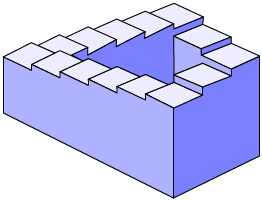Lesson 6
1. Lesson 6
1.12. Lesson 6 Summary
Module 1: Sequences and Series
Lesson 6 Summary
In this lesson you investigated the following questions:
- When is it possible to add an infinite number of terms?
- How are infinite sums used in finance?

You investigated how the terms of an infinite geometric series could be added together. You discovered that, in some cases, adding an infinite number of terms does not result in a sum that increases without limit as the number of terms increases. In fact, by using applets and calculators you found that some sums approach a limit.
As more terms are added according to the geometric pattern in a series, rather than increasing without bound, the sum actually gets closer and closer to a finite number. This number is defined as the sum of that series.
If −1 < r < 1 for an infinite geometric series, its sum will exist and the series is considered convergent. On the other hand, if r > 1 or r < −1, the sum will not exist and the series is considered divergent.
Like finite geometric series, infinite geometric series have practical applications. You learned how to use the infinite geometric series formula to convert repeating decimals into reduced fractions.
A key application of infinite sums in the finance industry is in the computation of perpetuities. Infinite geometric series can be used to determine the present value of a perpetuity or a long-term annuity. This knowledge can help people make decisions about their investments and financial future.
You investigated the concept of infinity and limits. The illustration of the never-ending staircase is an artistic example of the concept of infinity as being without end. You will continue to encounter these concepts in your future math courses, particularly if you study calculus.